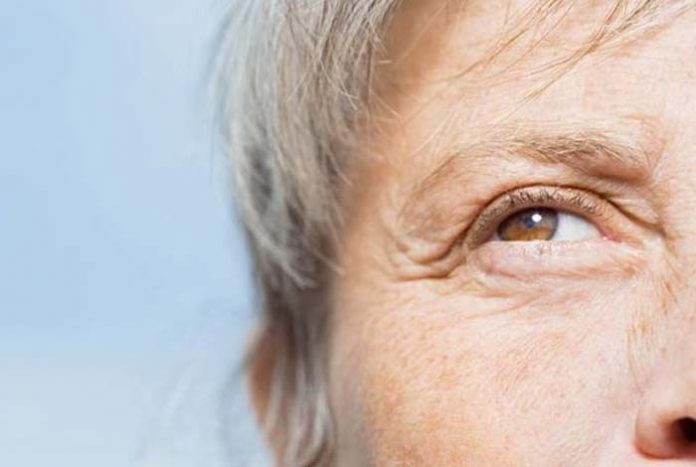
Overview and Facts
Age-related macular degeneration (AMD) is a condition of the retina of the eye. It occurs due to damage caused to macula – a part of retina responsible for detailed and sharp vision, i.e., visual acuity. A person with AMD loses central vision. It becomes a challenge to notice fine details, irrespective of the distance at which the object is being observed. However, the peripheral vision does not get affected. For example, you can consider a person looking at a clock. He may be able to notice the numbers on the clock, but not the hands.
AMD is a quite a common eye condition. In people above the age of 50, AMD is the leading cause of vision loss.
In some people, AMD progresses so slowly that loss of vision may not occur for a considerable duration. However, in some cases, it may advance really fast and may lead to vision loss either in one or both the eyes. As AMD advances, there may be appearance of blurred area near the center of vision. With the passage of time, the area that appears blurred may grow larger or there may be blank spots in the central vision. AMD can interrupt with simple everyday activities like not being able to recognize faces, inability to drive, and do household chores like cooking or sewing.
Macula is composed of many cells that sense light and provide a sharp and clear image. It is present at the back of the eye and is thought to be most sensitive part of the retina. Retina converts light to electrical signals and sends across these signals to the brain via the optic nerve. It is here, where the signals get transformed into the images that we see. When macula gets damaged, the view becomes distorted and dark. Macular degeneration is bilateral, i.e., it occurs in both the eyes but not at the same pace.
Around 11 million Americans have some form of age-related macular degeneration. The figures are expected to double by the year 2050. The number of people having macular degeneration will be around 196 million by 2020 and is expected to rise up to 288 million by the year 2040, worldwide. It is a leading cause of vision loss in people above the age of 50. It causes irreversible blindness and visual impairment.
The chances of getting age-related macular degeneration increase from 2% in the age of 50-59 to 30% in those, who are above 75.
According to a study conducted by the researchers from University of Wisconsin School of Medical Sciences, around 6.5% of Americans older than 40 have macular degeneration to some extent. AMD is fairly common among older White population, affecting more than 14% Americans in the age group of 80 and above. Among Americans, who are above the age of 50, advanced AMD affects 2.1% of the people. It has been seen that it affects Whites more than Blacks and other ethnic groups.
Types and Symptoms of AMD
Types of AMD:
There are two types of AMD:
- Dry (Atrophic): It is a common eye disorder in people above the age of 65. In this, thinning of macula happens, which causes blurred or reduced central vision. Nearly 80-90% of the cases of AMD are dry. In dry AMD, drusen (small white or yellowish deposits) appears on the retina beneath the macula, leading to its gradual degeneration with time.
- Wet Macular Degeneration (Neovascular or Exudative): It affects 10-15% of people with AMD. It results in severe vision loss. In wet AMD, blood vessels under the retina begin to grow towards the macula. These blood vessels have a tendency to break and leak blood or some other type of fluid. This can lead to severe vision loss.
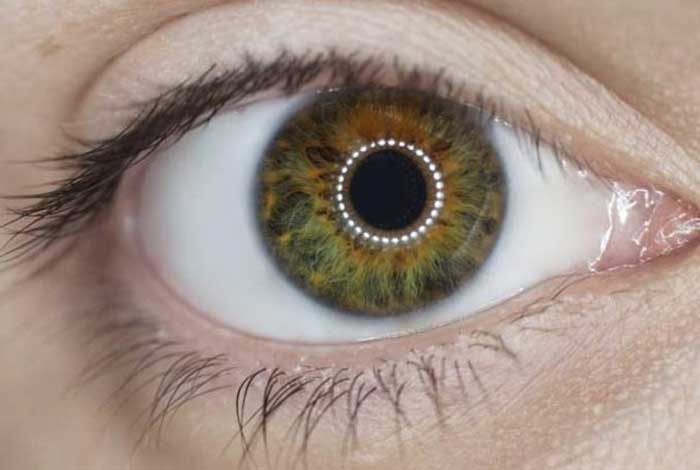
Symptoms of Age-Related Macular Degeneration:
- The most common symptom of AMD is blurred central vision. However, the vision remains normal in bright light. As less and fewer cells work in the macula, people are not able to see clearly what is in front of them like faces or words. If there is a drastic loss of light-sensing cells, a small gray or black blind spot may appear in the middle of the retina.
- Other symptoms are decreased night vision, brightness or intensity of colors and increase in haziness while viewing.
- Visual distortions, straight line may appear bent
- Reduction in central vision in one or both the eyes
- Need of bright light while doing close work like cooking and driving
- Difficulty in adapting to environment with lower levels of light like a dimly lit place
- Words while reading may appear blurred
- Unable to recognize faces.
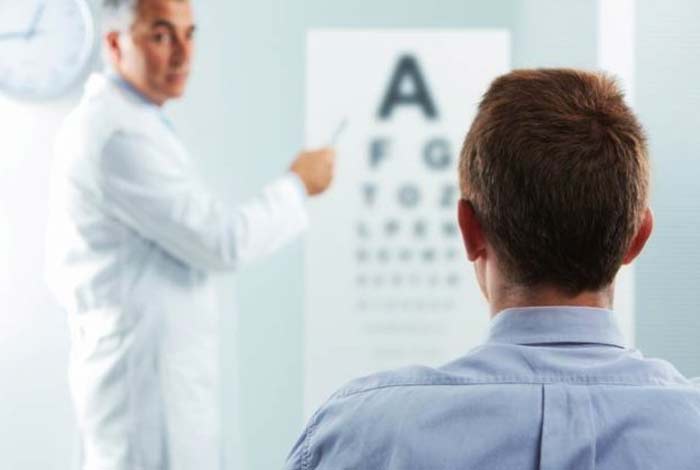
Risk Factors for AMD
Factors that may increase the risk for AMD are:
- Age: This disease commonly affects people above the age of 65.
- Family History and Genetics: This disease runs in families. There are several genes that are responsible for the condition.
- Ethnicity: It is more common in Whites than other ethnic groups.
- Smoking: If you are a regular smoker, you may be having higher chances of having AMD by about 2-5 times. Oxidative damage is caused to the retina due to smoking, which may lead to AMD.
- Gender: Females have a greater likelihood of having the condition as against males. This may be because females have longer life span and thus, practically they have more time to develop the condition.
- Prolonged Exposure to Sun: The UV light from the sun may damage the retina and increase the chances of having AMD.
- Diet: Particular types of diet like those high in cholesterol and fat, and low in antioxidants, increase the chances of getting AMD. Low glycemic index (GI) foods like oats decrease the risk of AMD by making blood sugar level stable.
- Obesity: A person with body mass index (BMI) greater than 30 has greater chances of developing the condition than a person with lower BMI.
- Hypertension: It constricts the blood vessels that transport oxygen and nourish the retina. Since proper amount of oxygen does not reach the retina, the chances of developing AMD increase.
- Color of the Eye: Light-colored eyes have more chances of developing AMD since eyes that are lightly pigmented provide less protection from UV rays.
- Being Inactive: If retina does not receive sufficient oxygen, the cells in the macula start to die. Exercise improves the health of the retina and prevents AMD.
- AMD in One Eye: If AMD has developed in on eye, the chances of it to get developed in the other one are high.

Do I Have AMD?
The symptoms of Stargardt disease (an inherited retinal disease) and age-related macular degeneration are almost similar. Stargardt disease is also a type of macular degeneration. Stargardt is, however, diagnosed in children and teenagers. It usually occurs in the age of 6-20 years. This happens as kids notice difficulty in reading or working in bright lights. The cause and treatment of Stargardt disease is different from age-related macular degeneration.
Thus, in order to correctly diagnose the condition, one must consult a doctor or a health care provider, so that appropriate treatment methods may be adopted.
Causes and Prevention of AMD
Causes of AMD:
The exact cause of AMD is not yet known. However, as the name suggests, this condition develops with aging. When the doctors first started studying this condition, they thought that drusen showed some type of infection or inflammation of the choroid – a vascular layer of the eye, lying between the sclera and retina. Environmental factors are also at play. Exposure to light, use of certain drugs and ingestion of toxins and deficiency of various nutrients are other factors that can lead to the development of AMD.
Another cause of AMD is abnormalities in specific genes. It has been observed that some types of macular degeneration are hereditary. This is important to understand macular degeneration. When AMD is caused by a dominant gene, different family members may get affected. These families can be studied by modern molecular genetic methods in a way, so that the underlying cause may be identified.
Causes of AMD are complex, both hereditary and environmental. Researchers and scientists are studying to understand what causes the macula to degenerate. The greatest risk factor is age. People over 60 have a greater chance of developing the condition. People in their middle ages have 2% risk of getting AMD. People above 75 are at 30% risk of developing the condition.
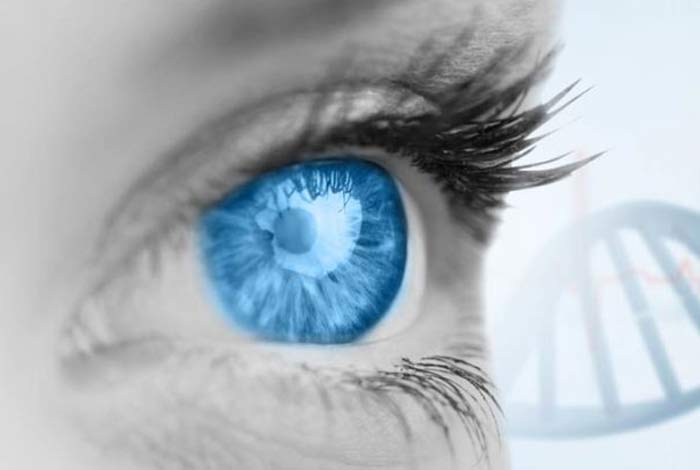
Prevention for AMD:
The healthy habits as discussed below can help in protecting your vision and improving overall health:
- Keep a check on weight and maintain healthy weight
- Consume a nutrient-rich diet, comprising green leafy vegetables, whole grains, fish and so on
- Cut out on smoking
- Closely monitor and regulate blood pressure
- Control other health conditions
- Indulge in regular exercise
- Protect yourself from UV rays, so wear a mask and goggles when you step out of the home.
- Get your eyes regularly checked by a doctor, particularly when you notice changes in vision.
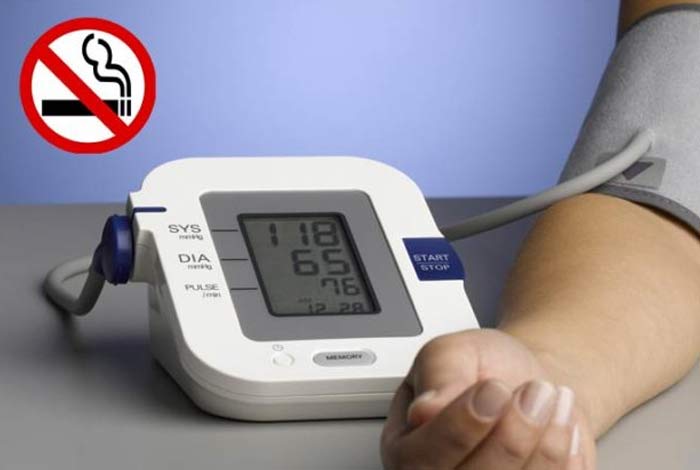
Diagnosis and Tests for AMD
When you go for an eye exam, your doctor may want you to look at an Amsler grid. This will point out any blurry or dark spot in the field of view of the patient. The eye specialist will look inside the eyes through a particular lens made for this purpose. Through this lens, doctor will examine if there are any changes in the macula and retina.
Further, the doctor will put eye drops in the eyes to expand the pupil. This will make it easy for him to look at the inside of the eye.
Fluorescein angiography may also be done to see what’s happening with the retina. In Fluorescein angiography, a yellow dye is given into the arm vein. The dye gets transported through the blood vessels. Photos are taken by a specialized camera as the dye travels through the blood vessels. This further shows if there is growth of abnormal blood vessels in the retina.
Optical Coherence Tomography (OCT) is another way of looking closely at the retina. Retina is scanned by a machine and very fine images of retina and macula are created.
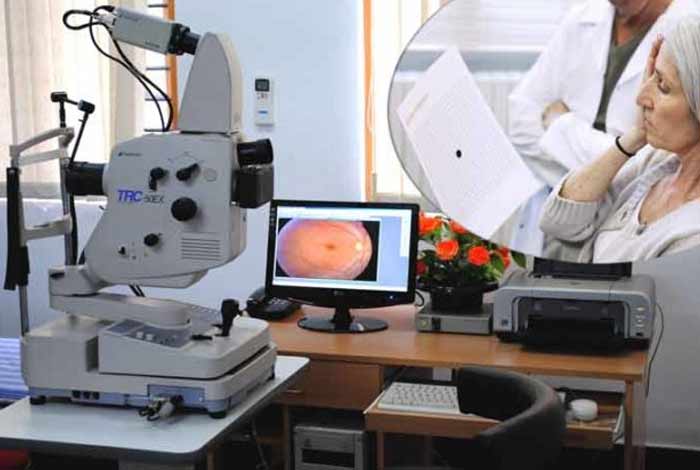
Treatment and Care for Age-Related Macular Degeneration
Going for timely treatment, one can slow down the degeneration of the macula and prevent severe vision loss. Some treatment options are discussed below:
- Medications: Anti-angiogenic drugs medications are injected into the eye. This stops the generation of new blood vessels and prevents leaking from abnormal blood vessels that are known to cause wet macular degeneration. There have been cases in which people have reported that their vision got better. In fact, they again gained the vision after having lost the vision to AMD.
- Laser Therapy: Laser light with high energy can help destroy the abnormal blood vessels that grow under the retina.
- Photodynamic Laser Therapy: In this, medicine is injected in the blood. This medicine gets absorbed by the abnormal blood vessels in the eye. After this, a laser is made to shine through the eye to activate the drug. This causes damage to the abnormal blood vessels.
- Vitamins: It has been proven that taking supplements of vitamin C and E, beta carotene, zinc and copper help in people with AMD.
- Low Vision Aids: There are several devices with special lenses that create an enlarged image of the nearby object.
There are some treatment methods under experimentation. These are discussed below:
- Submacular Surgery: A surgeon removes abnormal blood vessels and scar tissue.
- Retinal Translocation: In this procedure, abnormal blood vessels in the eye are destroyed. It can be identified with a laser beam. During this procedure, the doctor rotates the macular center away from abnormal blood vessels. Then, the doctor treats the abnormal blood vessels with a laser.
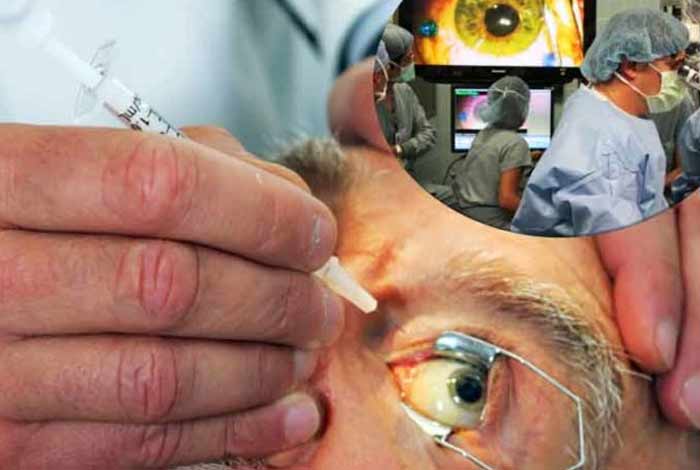
OTC and Self-Management Methods for AMD
As such, there are no over-the-counter (OTC) medications available for AMD. Mostly drugs and eye drops are available by prescription only. For managing AMD by self, have regular eye exams and find out if you are at a higher risk for having eye diseases.
If you find changes in vision, see a doctor immediately. Some signs to look out for are hazy vision, double vision and not being able to see in low light conditions. Regular exercise or even walking can reduce the risk of age-related macular degeneration.
If you are traveling outside, do not forget to wear sunglasses that will shield your eyes from the harmful UV rays. Eat a lot of fruits and green vegetables as these have antioxidants and essential nutrients that keep your eyes healthy.
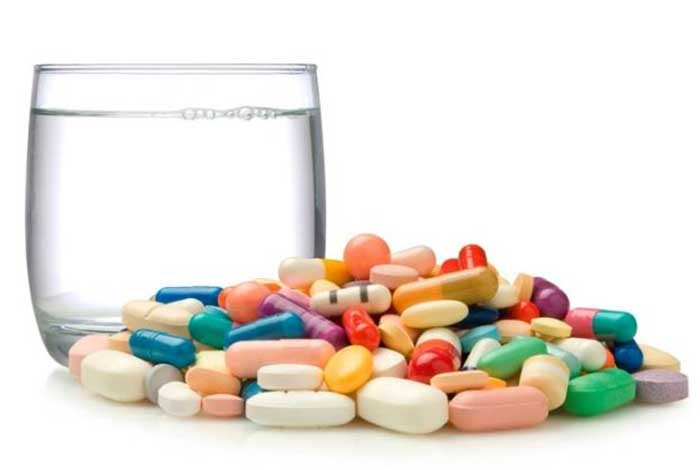
Natural Ways to Cure AMD
The following are natural ways to cure AMD:
- Vitamin A and Beta Carotene: These provide nourishment to eyes and assists in macular functioning. Photo oxidation of the lens is also prevented by Vitamin A and Beta Carotene. So, for slowing down macular degeneration, one must add these nutrients to his/her diet.
- Lycopene: Found in tomato, this compound is good for fighting against macular degeneration. Studies have revealed that lycopene lowers the risk of macular degeneration.
- Astaxanthin: It is a carotenoid found in algae. Include seafood like lobster and salmon in your diet as these are rich sources of astaxanthin. They help in boosting the health of the eye.
- Lutein and Zeaxanthin: These antioxidants like lutein and zeaxanthin help fight against macular degeneration. A lot of bright color fruits in the market contain these compounds. These delay the onset of macular degeneration by preventing sun damage.
- Green Tea: It protects the body from free radical damage. It is also helpful in cases of degenerative visual disorders.
- Grape Seed Extract: These have antioxidants that prevent damage to the eye from free radicals. These also prevent the development of cataract.
- Taurine: It is a powerful antioxidant that regenerates eye tissues. It provides protection against harmful UV rays and corrects central vision in the old age. If this amino acid is not present in sufficient amounts, it can lead to vision disorders.
- Vitamin E and Gamma Tocopherol: You can go for Vitamin E supplements. Taking gamma tocopherol can reduce damage to the retina to a large extent.
- Folate: It is found in vegetables and foods like sunflower, corn and green peas. Consumption of folate is good for the health of the eye.
- Ginkgo Biloba Extract: It is rich in antioxidants and assists in metabolism. It helps prevent against degenerative damage to the eye.
- Maintain Proper Eye Hygiene: One must stop activities that are stressful to the eye. Be careful if you wear contact lenses. Lenses must be kept clean and free from dust. Lens must be washed periodically. Take them off before you go to sleep.
- Perform Eye Exercises: It is possible to delay onset of AMD by doing particular eye exercises. Specific eye exercises help provide strength to the eye tissues and muscles.
- Moringa Leaf: It contains nutrients, antioxidants and is rich in vitamin E, and C, and zinc. Zinc slows down the development of AMD.
- Avoid Smoking and Cut down on Liquor: Smoking and drinking liquor is detrimental to eye health and worsen the cases of macular degeneration. Also, get your eyes checked periodically.

Health Tip by Expert
Practicing a healthy lifestyle may decrease the risk of getting AMD. Do not smoke as it is bad for the eyesight. Exercise often as it reduces inflammation, which may cause AMD. Also, eat a nutritious diet rich in vitamins and minerals that are good for your eyes.




